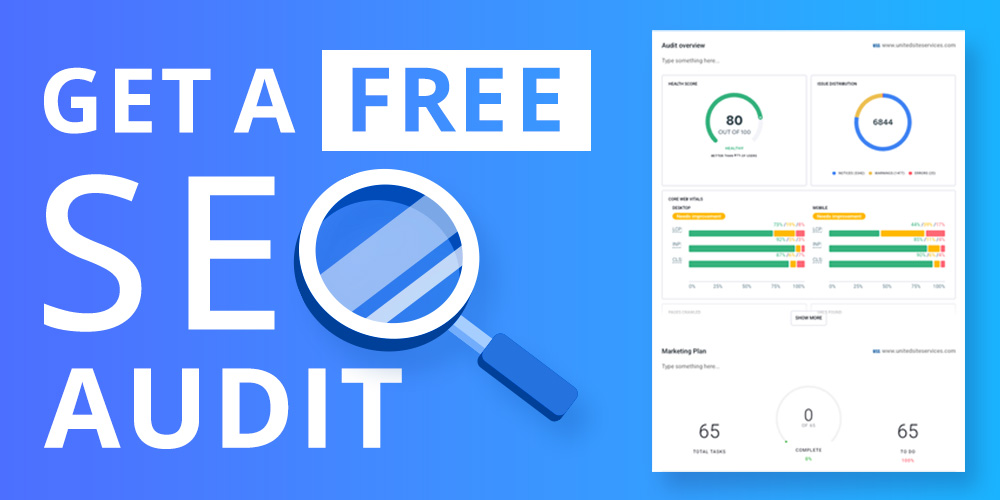


Maybe you’re setting up your eCommerce website from scratch and want to sell different types of products. Perhaps you’ve had an eStore for the past couple of years, and you want to expand your horizons and offer new products. Whatever has brought you to this tutorial, the fact is that you need to customize WooCommerce. And you can find everything you need to know with Bright Vessel!
WooCommerce is the most popular WordPress plugin for eCommerce and the preferred solution for a lot of sellers. Why? It’s free and also highly versatile, as it’s effortless to customize WooCommerce to fit your needs. While the plugin offers a series of set options, there’s a lot you can do from its backstage.
Many of our clients at Bright Vessel are looking for a unique eCommerce solution that takes into account the nuances of their specific business. With our vast experience with WooCommerce, we can help you set up your eStore to fit your needs. With that in mind, let’s get started!
Below, you’ll find the basic setup you’ll need to customize WooCommerce:
That said, custom fields in WooCommerce differ a little from those in WordPress. Instead of working with metadata on posts, as WordPress defines this, we’ll refer to “custom fields” as a real text field. On the WooCommerce menu, go to the Linked Products tab of the Simple Products type.
There’s a critical WordPress concept we need to get out of the way before delving into how to customize WooCommerce: Hooks. According to WPBeginner, Hooks are “functions applicable to an Action or a Filter in WordPress. Actions and Filters in WordPress are functions that you can modify by theme and plugin developers to change the default WordPress functionality.”
WooCommerce provides its API that allows users to hook into its pages’ lifecycles. However, the WooCommerce API is a little different from the WordPress metadata one. There are two main hooks you need to get to know:
To use these hooks, you’ll need to define them and customize their functionality.
You can now use the hooks above by adding an initialization function that registers two custom functions on the hook.
To add a Text Input Field, you should first add a function hooked to woocommerce_product_options_grouping:
To implement the function, you should:
The information above will be in an associated array and will then reach woocommerce_wp_text_input. This API function to customize WooCommerce outputs a text element with the information you just provided.
To save the changes above, you’ll need to:
To render information on the front-end, you’ll need to create a new class. You’ll specifically need:
A text field ID and initializing it in the constructor.
You’re almost finished with this tutorial on how to customize WooCommerce! The last step is setting up a bootstrap file to start the plugin with all the recent changes. Here’s the code to start things up:
A couple of extra notes:
Now that you know how to customize WooCommerce to add your fields to simple products, you’re on your way to providing exactly the services you want to deliver. You can find more WooCommerce tutorials on our blog. If you’re looking for experts who know how to work around this popular eCommerce plugin, contact us for more information!

"*" indicates required fields

"*" indicates required fields

"*" indicates required fields
You must be logged in to post a comment.





